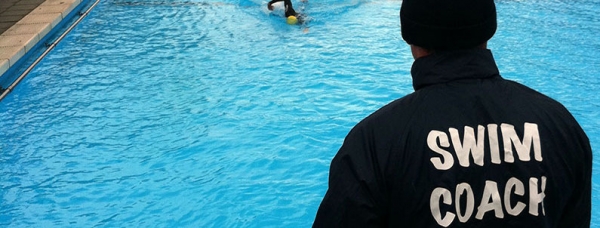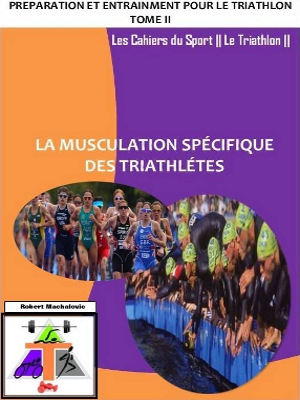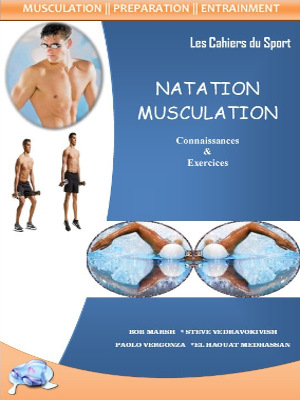A reasonable level of fitness can be maintained on about 30% of the full training volume, i.e., a swimmer who normally undertakes 10 training sessions per week, should be able to maintain a base level of fitness for several weeks by just training three times per week. In this case, it is important to maintain some intensity in the work (up to and including threshold level) when volume and duration are reduced.
This principle of volume first, then intensity, also applies to strength and muscular endurance. In a fashion similar to that for endurance training, strength programs are often based on an initial period of volume training (lighter weight-many repetitions) before more intensive training (heavier weight-fewer repetitions) is undertaken. On this basis, a typical 4-week strength program (e.g., free weights, machine weights, circuits) for endurance athletes takes the form of a 2-week macrocycle of volume training and then a 2-week cycle of intensity training. While some coaches and swimmers place a heavy emphasis on strength training, it is clear that strength alone is not highly correlated with swimming performance. Other factors like muscular power, muscular endurance and muscle elasticity, and of course, swimming technique, should not be overlooked.
In terms of designing microcycles the "volume first, intensity second" principle is also valuable. One approach that we have found to be successful is the use of 3-day microcycles.
The first variant involves two training sessions a day for the first 2 days, followed by a single session on the third day. In some circumstances in swimming, where three training sessions a day are used, the second variation takes the form of three sessions a day for 2 days and then two sessions on the third and final day. In both versions, the first day is largely aerobic in nature, with a graduai decrease in volume and increase in intensity as the microcycle proceeds. The emphasis is on increasing speed from day to day, and athletes generally find this easier if the training volume is decreasing. Many swimmers (and coaches) like to finish each microcycle with a quality or speed session.
Another feature of planning is the relationship between duration and intensity. Generally speaking, the lower the intensity of cycles, the longer the duration, perhaps up to 7 days. For higher intensity work, shorter 2-4 day training cycles are used. Variation of training distance and intensity within cycles is important. Early in the program, microcycles may involve higher intensity training for athletes already fatigued. The thinking is that this approach provides a greater stimulus for adaptation. Later on, when the emphasis is on competition-specific speed, it is usually better to undertake high-intensity training in a fresh condition in order to facilitate higher speeds.





